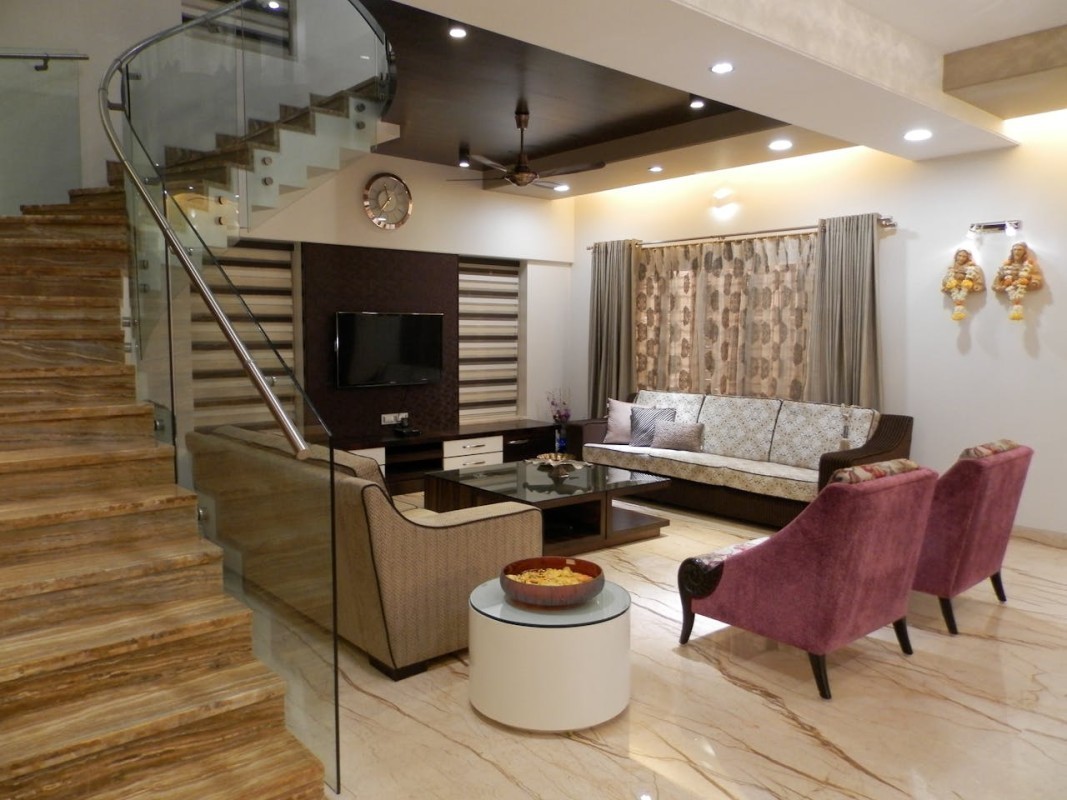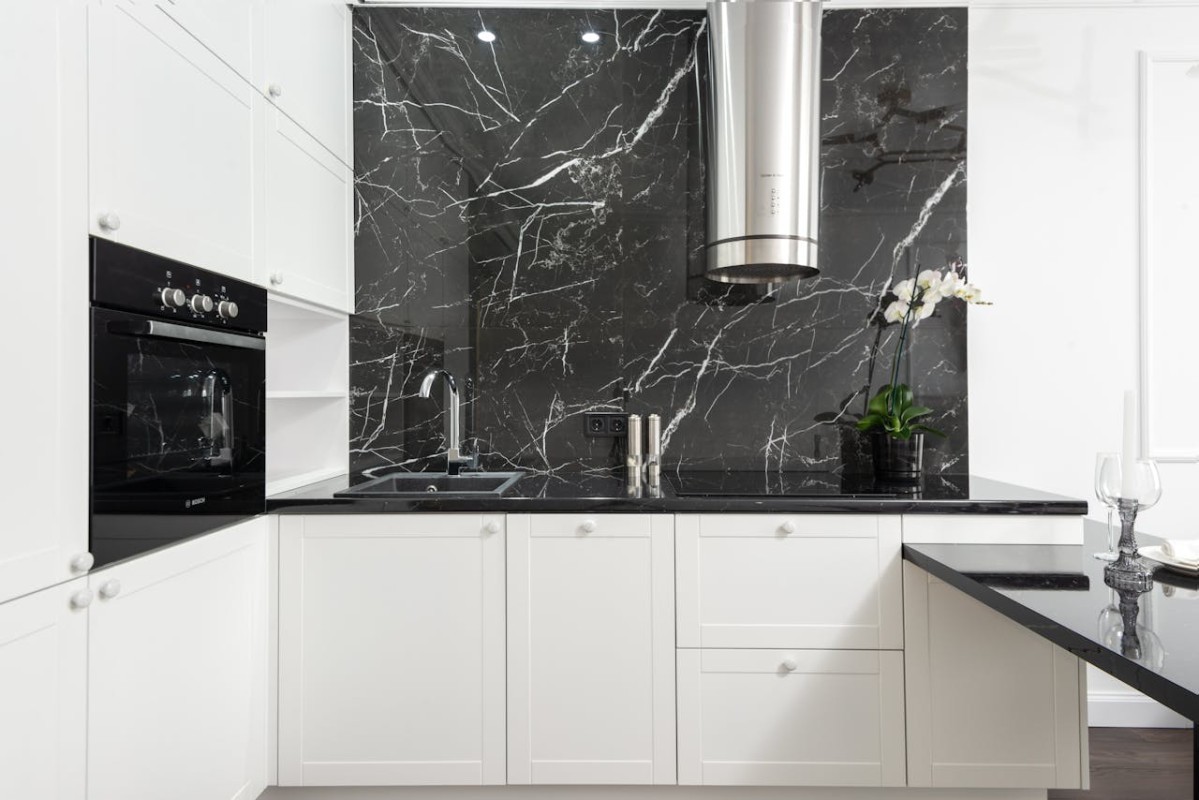Mixing Patterns and Textures: Tips for Layering Visual Interest in Your Home
Transforming your home into a stylish and inviting space often involves playing with patterns and textures. Mixing these elements can add depth, warmth, and personality to any room. However, it’s not just about randomly pairing items together; it requires a thoughtful approach to achieve a cohesive and balanced look. Here’s a guide to help you master the art of mixing patterns and textures to create a visually interesting and harmonious home.



Understanding the Basics
The Role of Patterns
-
Definition and Types: Patterns are repetitive designs or motifs used in textiles and decor. Common patterns include stripes, polka dots, florals, and geometric shapes. Each pattern brings its own energy and style to a space.
-
Impact on Space: Patterns can add dynamism and visual interest, but they also have the power to overwhelm a room if not balanced correctly. The key is to use patterns in moderation and ensure they complement rather than clash.
The Importance of Textures
-
Definition and Types: Textures refer to the surface quality of materials, which can be smooth, rough, soft, or glossy. Examples include velvet, leather, wool, and metal.
-
Impact on Space: Textures add depth and tactile richness to a room. They can create contrast and enhance the overall sensory experience of a space.
Principles of Mixing Patterns
Start with a Neutral Base
-
Neutral Foundation: Begin with neutral-colored walls, furniture, or flooring. This creates a versatile backdrop that allows you to introduce patterns and textures without overwhelming the space.
-
Neutral Patterns: Opt for subtle patterns like a light herringbone or a faint stripe in your base pieces to set the stage for more pronounced patterns.
Use a Consistent Color Palette
-
Color Coordination: Choose a color palette that unifies your patterns and textures. By repeating colors across different patterns, you create a cohesive look. For example, if you have a navy and gold color scheme, ensure your patterns feature these colors.
-
Accent Colors: Introduce one or two accent colors to add variety and interest without making the space feel chaotic.
Balance Patterns by Scale
-
Pattern Size: Mix different scales of patterns to avoid visual clutter. For example, pair large floral prints with smaller geometric designs. This contrast helps maintain balance and prevents patterns from competing with each other.
-
Pattern Pairings: A good rule of thumb is to combine a bold, large-scale pattern with a subtle, small-scale one. This contrast creates visual harmony and keeps the design engaging.
Principles of Mixing Textures
Create Contrast
-
Texture Variety: Combine various textures to add depth and dimension to a room. For instance, pair a plush velvet sofa with a sleek leather chair or a cozy wool rug with a smooth glass coffee table.
-
Visual and Tactile Contrast: The goal is to create a pleasing contrast that appeals both visually and physically. Mixing textures like rough stone with soft cotton or shiny metal with matte wood enhances the sensory experience.
Layering Textures
-
Layering Techniques: Use layering to add richness to a space. For example, drape a chunky knit throw over a sleek sofa, or layer a patterned rug on top of a larger, neutral rug. This approach adds complexity and warmth.
-
Textile Combinations: Combine different textiles, such as silk curtains with linen upholstery or a jute rug with velvet cushions, to create a multi-dimensional look.
Practical Tips for Mixing Patterns and Textures
Start Small
-
Accent Pieces: Begin with smaller, less permanent items like throw pillows, rugs, or curtains. These elements are easier to swap out and allow you to experiment with different combinations.
-
Trial and Error: Don’t be afraid to try out various combinations and see what works. Sometimes, the most unexpected pairings can create stunning results.
Focus on Scale and Proportion
-
Proportional Mixing: Ensure that your patterns and textures are proportionate to the size of the room and the furniture. Overly large patterns or textures can overpower a small space, while tiny patterns might get lost in a large room.
-
Balanced Composition: Distribute patterns and textures evenly throughout the space to create a balanced and harmonious look. Avoid clustering too many patterns or textures in one area.
Incorporate Patterns and Textures in Layers
-
Textiles and Furnishings: Incorporate patterns and textures in various layers, such as upholstery, curtains, rugs, and throw pillows. This layering approach adds depth and keeps the design dynamic.
-
Artwork and Accessories: Don’t forget to use patterns and textures in artwork, vases, and other accessories. These elements can tie the room together and reinforce your design theme.
Examples of Successful Mixes
Living Room
-
Example: Pair a large, floral-print sofa with a smaller, geometric-patterned rug. Add texture with a woven basket, velvet cushions, and a leather armchair. This combination creates a balanced look with both visual and tactile interest.
Bedroom
-
Example: Use a patterned duvet cover with a textured knit throw and a mix of patterned and solid-colored pillows. Layer different textures through a plush rug, a velvet headboard, and wooden bedside tables to add depth and comfort.



Mixing patterns and textures can transform your home into a stylish and personalized haven. By starting with a neutral base, coordinating colors, balancing patterns by scale, and creating contrast with textures, you can achieve a cohesive and visually engaging space. Experimenting with different combinations and layering elements thoughtfully will help you create a space that reflects your unique style and enhances the overall ambiance of your home. Whether you’re refreshing a single room or redesigning your entire space, these tips will guide you in creating a beautifully layered and harmonious environment.































